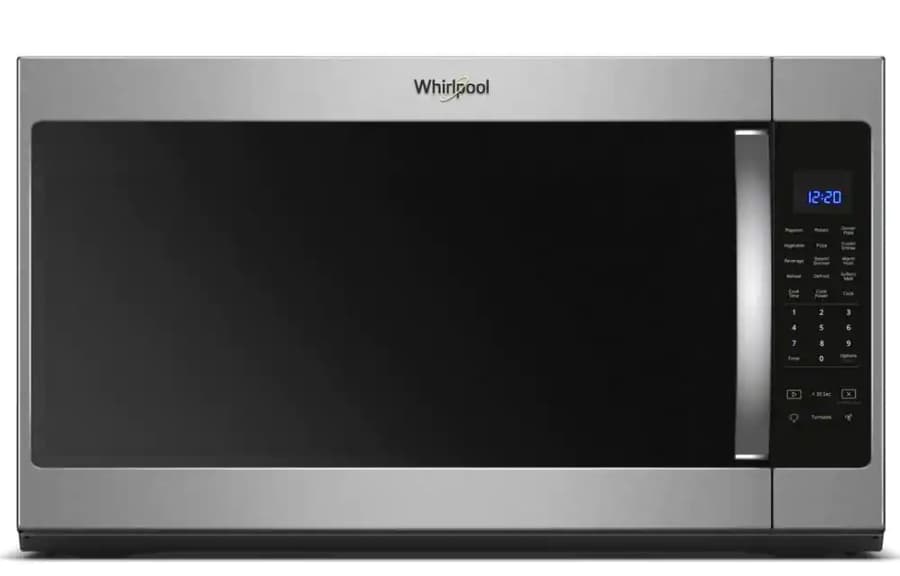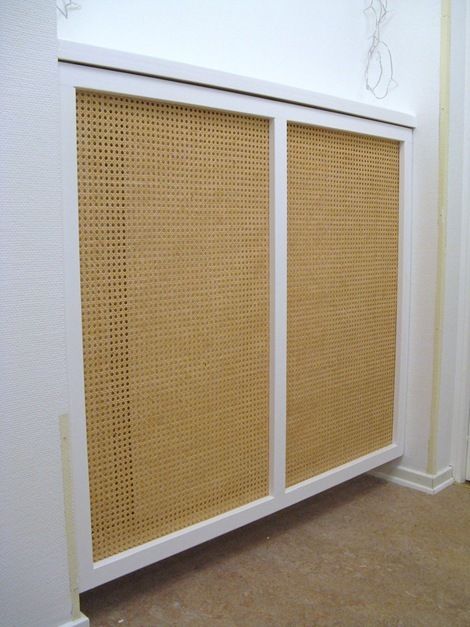Whirlpool Microwave Fan Won’t Turn Off SPD2 – While a Whirlpool microwave fan that won’t turn off can be frustrating, being aware of the potential causes can help you identify and possibly even fix the issue.
However, for some of these fixes, professional help is advised to ensure the safety and proper functioning of your appliance.
By understanding when to exercise patience, when to implement an easy solution, and when to reach out to a professional, you can safeguard the longevity of your microwave, ensuring it remains functional and efficient for many more years.
Whirlpool Microwave Fan Won’t Turn Off SPD2

There’s nothing quite like the convenience of a microwave. It’s an indispensable kitchen appliance that simplifies meal prep, heats leftovers, and makes popcorn for movie night.
But what happens when your reliable Whirlpool microwave starts acting out? More specifically, what happens when the fan simply refuses to turn off?
Fans that keep running on microwaves are a common issue, and they can cause not just annoyance due to the noise, but also concern about energy usage and potential damage to the microwave.
In this article, we’ll walk you through the reasons why your Whirlpool microwave fan won’t turn off and provide possible solutions.
Why is the Microwave Fan Important?
Before we delve into the specifics of troubleshooting, let’s talk about the purpose of the fan in your microwave. A microwave fan, also known as an exhaust fan or vent fan, primarily serves to keep the microwave cool and prevent overheating.
It does this by expelling hot air from the microwave’s interior during and after the cooking process. This function is critical in protecting your microwave from damage and extending its lifespan.
Why My Whirlpool Microwave Fan Won’t Turn Off SPD2?
There can be several reasons why your Whirlpool microwave fan isn’t turning off. They can range from software glitches to hardware malfunctions.
Let’s take a closer look:
- The Cooling Process: One of the most basic reasons for a microwave’s fan to continue running is that it’s merely finishing the cooling process. Some Whirlpool models have a feature where the fan remains on for a few minutes after the cooking cycle ends to cool down the internal components.
- Sensor Issue: Your microwave’s sensor might incorrectly detect that the appliance is still hot, thus keeping the fan running.
- Faulty Thermostat: The thermostat controls the temperature within the microwave. A malfunctioning thermostat may cause the fan to run continuously.
- Software Glitch: Sometimes, the problem could be due to a software error, which can cause the fan to keep running.
- Damaged Control Board: The control board acts as the brain of your microwave, managing all the components. A fault here could keep the fan running endlessly.
Troubleshooting the Issue of Whirlpool Microwave Fan Won’t Turn Off SPD2
Knowing the reasons why your fan won’t turn off is the first step. The second step is to try some solutions.
Here are a few troubleshooting tips:
- Wait and See: If the fan continues running a few minutes after the cooking cycle, give it some time. It might be a standard cooling-down procedure. If it continues for longer than 10 minutes, then you may have an issue.
- Perform a Power Cycle: Unplug the microwave for about a minute to let the system reset itself. This process can often resolve software glitches.
- Check the Sensor: If the sensor is faulty, you might need to replace it. It’s a relatively straightforward procedure, but if you’re not comfortable doing it yourself, consider hiring a professional.
- Thermostat Inspection: Similarly, if the thermostat is at fault, replacement may be necessary. It’s advisable to hire a professional for this task, as it involves dealing with electrical components.
- Control Board Assessment: A damaged control board requires professional repair or replacement.
Prevention is Key
While you can’t avoid all appliance issues, regular maintenance can help prevent some. Clean your microwave regularly, and ensure that the vents are not blocked.
If you detect any odd noises, smells, or behaviors, get your microwave checked out promptly.
Understanding the Cooling Process in Detail
The cooling process in a microwave is one of the primary functions of the fan. When you utilize the microwave to warm your meals, it produces heat which elevates the temperature of the appliance’s internal mechanisms.
The fan kicks into action, expelling this hot air and introducing cooler air to regulate the temperature.
In some microwave models, including many from Whirlpool, the fan can continue to run after you’ve finished cooking. This feature, known as a cool-down cycle, prevents damage to the microwave’s electronic components from residual heat.
The length of this cooling cycle can fluctuate based on the duration for which the microwave was in use and the temperature of the meal or beverage you were heating.
It’s designed to protect your appliance and ensure its longevity, so a little patience can go a long way.
Deep Dive into Sensor Issues
Microwaves often include sensors that can detect the heat level of the food and the internal components of the appliance.
These sensors can sometimes malfunction, misreading the temperature and keeping the fan running as a result.
Accumulations of dust, oil, and other particulates can impair the precision of the sensor, and with the passage of time, the sensor can deteriorate and necessitate a replacement.
To check if the sensor is causing the fan issue, you might need a multimeter. This device measures electrical properties and can be used to check the sensor’s resistance.
As this involves handling the microwave’s internal components, it’s advisable to have a professional perform this task. If the sensor is determined to be defective, a replacement will be required.
Diving into Thermostat Issues
The thermostat in your microwave plays a vital role in regulating the appliance’s internal temperature.
If it develops a fault, it could potentially misinterpret the inside temperature, which could cause the fan to operate incessantly in its efforts to cool down the microwave.
Inspecting and replacing a faulty thermostat involves dealing with the microwave’s electrical system, which can be dangerous if not done correctly. Hence, it is recommended to enlist the services of a professional for this job.
Over time, the expenditure on professional repair could prove to be much less than the replacement cost of your microwave, should an attempt at a do-it-yourself repair go awry.
Exploring Software Glitches
Just like any other electronic device, your microwave relies on its software to operate correctly. Occasionally, software bugs or glitches can cause the fan to remain on after the cooking process has finished.
In the majority of instances, performing a basic power cycle – which involves disconnecting the microwave from the power source and reconnecting it after a minute or so – will reboot the software and rectify the problem.
However, if the problem persists, you might need to consult with a professional who can possibly update or repair the microwave’s software.
Unraveling Control Board Complications
The control board is essentially the brain of your microwave. It regulates all the microwave’s functions, including the fan. A fault or short circuit in the control board could cause the fan to keep running.
Identifying a control board issue can be challenging. Usually, it requires a professional with the knowledge to run diagnostic tests.
If the control board is indeed the issue, it will typically need to be replaced, which is a task best left to professionals due to the complexity and the risk of electrical shock.
Ensuring Regular Maintenance
The importance of regular maintenance for your microwave cannot be overstated. Regular cleaning, especially of the vents and interior, can keep your microwave functioning optimally and prevent issues such as the fan not turning off.
Ensure the vents are free from dust and debris, as this can impede the airflow, causing the microwave to overheat and the fan to run continuously.
Also Check:
- Kitchenaid Dishwasher Keeps Beeping
- Samsung Dishwasher Touchpad Not Working
- Bosch Dishwasher No Lights on Control Panel
- Washer Drain Pipe Overflows
Conclusion:
While a Whirlpool microwave fan that won’t turn off can be a source of frustration, understanding the potential reasons behind the issue and how to troubleshoot Whirlpool Microwave Fan Won’t Turn Off SPD2 issue.
Remember, if you’re unsure about any of the steps, it’s always best to consult a professional. After all, the safety and longevity of your appliance are paramount.


